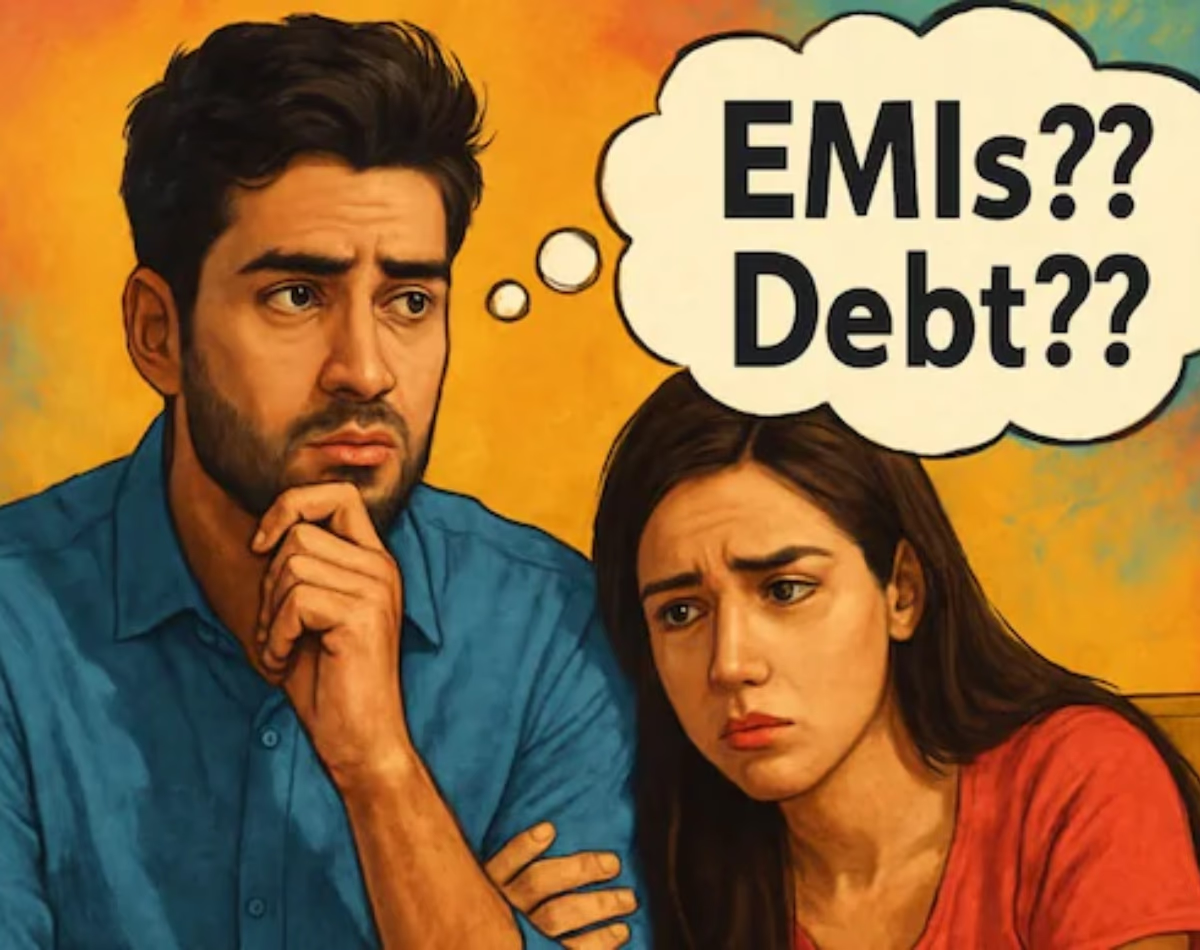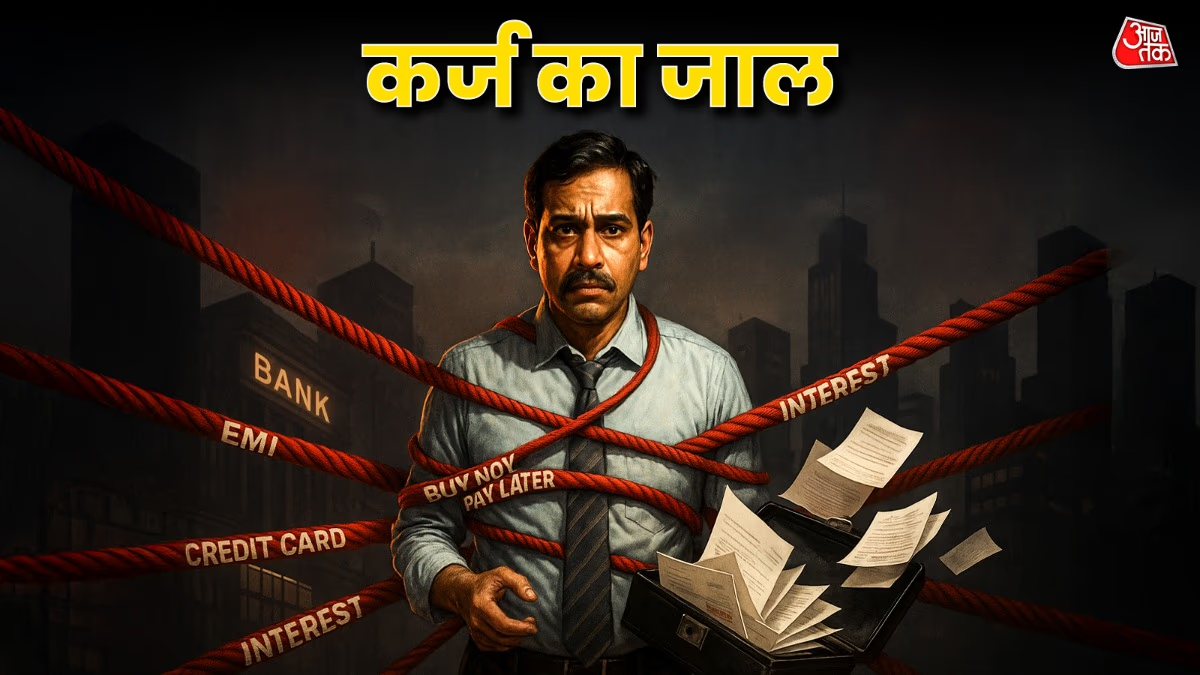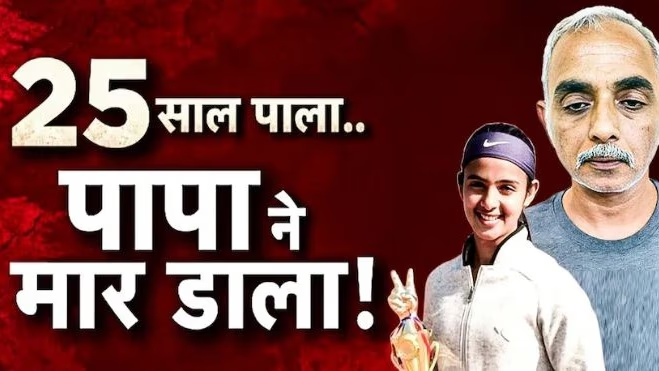In today's world, everyone seems to be in a race to outdo each other in terms of lifestyle, even if it means getting caught in the web of debt. Statistics show that people are borrowing not just for homes, but increasingly for their lifestyle. As a result, their EMI burdens are rising.
How is the Middle Class Falling into the Debt Trap?
People are knowingly getting caught in the cycle of EMIs by fulfilling desires through borrowed funds. Whether it's a pricey iPhone or a fancy bike, easy monthly installments make everything accessible. Remarkably, even when someone doesn't have cash on hand, they can opt for zero down payment schemes. Credit cards play a pivotal role here. You don't have to empty your pockets by making immediate payments; instead, you get a grace period to settle your dues.
This has led to a significant rise in credit card usage nationwide. Over the past 13 years, spending on credit cards has skyrocketed from 1.2 trillion to a staggering 15.6 trillion rupees.

Source: aajtak
Over Half of Loans Are For Personal Expenses
Personal finance experts note that India's domestic loan consumption is swiftly rising while moving away from asset creation. Financial expert Pranjal Kamra mentions that personal loans have grown by 23% in just two years, with half of this borrowing going towards personal needs. In a LinkedIn post, Kamra stated that the average debt per person increased from 390,000 rupees in 2023 to 480,000 rupees by March 2025.
Credit Cards: A Key Source of Debt
The biggest shift is in the borrowing patterns of Indians. According to Kamra, non-housing retail loans now comprise 55% of the total loans, far outstripping home loans, which account only for 29%. Credit card bills, personal loans, and auto loans dominate these figures, highlighting consumption rather than asset creation. An examination of retail loan growth CAGR data illustrates this trend clearly.
Significant growth in credit card use has been observed during this period. Credit card spending ballooned from 1.2 trillion to 15.6 trillion rupees over 13 years, and the number of credit cards in circulation has increased fivefold from 20 million to 108 million.

Source: aajtak
Borrowing for Lifestyle and Satisfaction
Highlighting the middle-class's entanglement in mounting debt, Pranjal Kamra articulates this shift with various statistics. He indicates that while our parents borrowed to build assets, today's borrowing is largely for immediate gratification. The big question remains: do these numbers signal structural consumer changes or a looming financial peril? The rapid rise in retail loans has also caught the attention of the Reserve Bank of India, which has marked rising personal loans and credit card debt as a potential risk to household balance sheets.
Economists warn that unless the unchecked growth of unsecured loans is reined in, there's a risk of defaults on the horizon. Nonetheless, they argue that consumption-based borrowing could fuel economic growth in the short term, while significantly altering young Indians' attitudes towards money.




